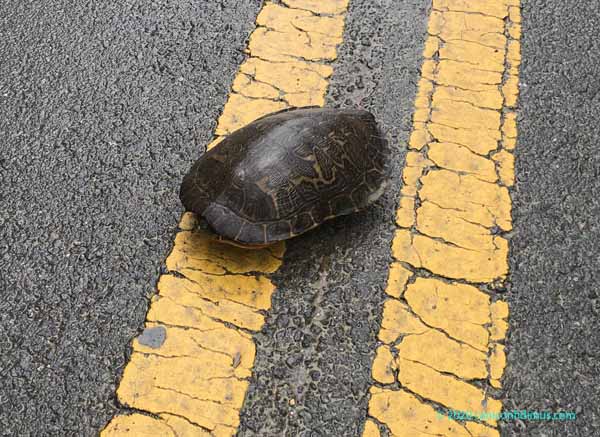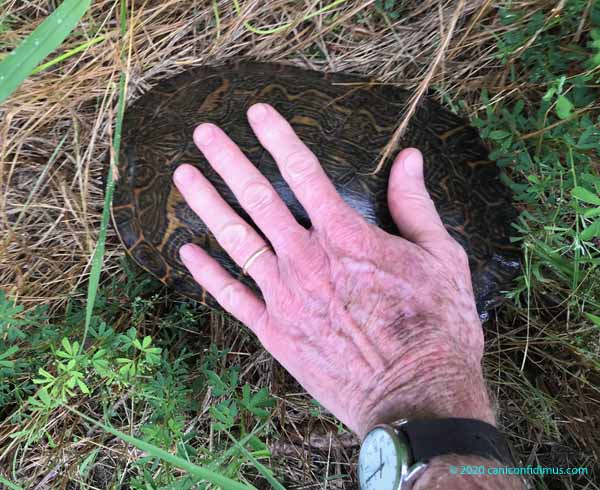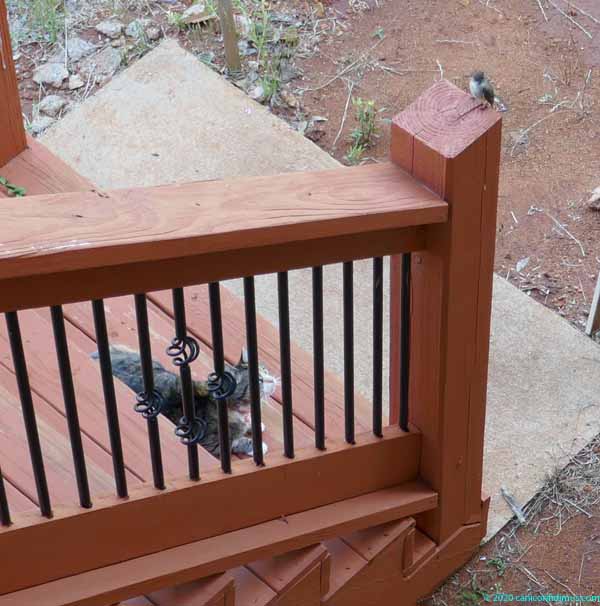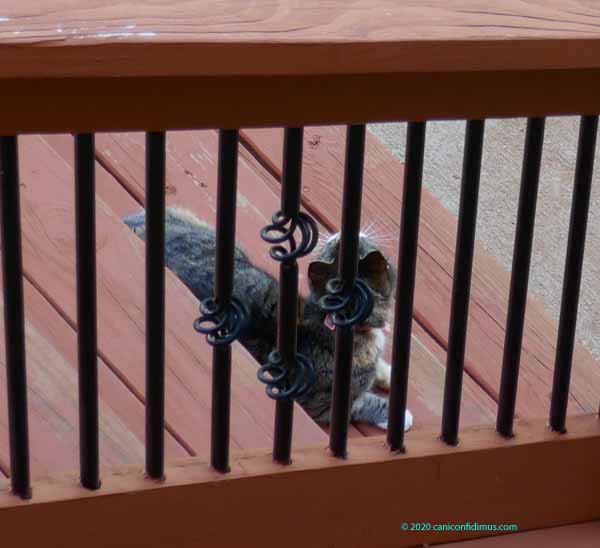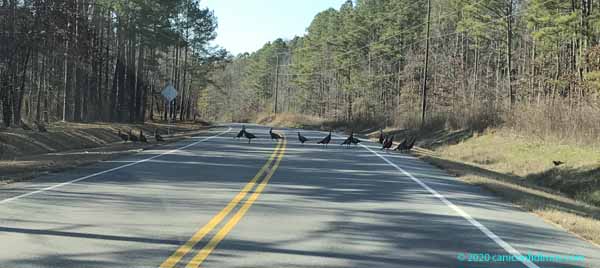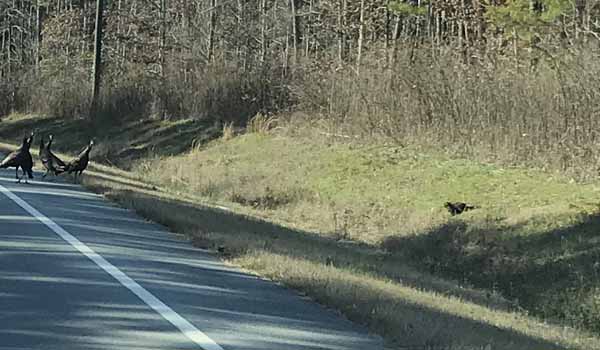For the first time since we moved in here, we have large mushrooms growing in the front yard. They struggled to form a fairy ring, but couldn’t quite manage it.
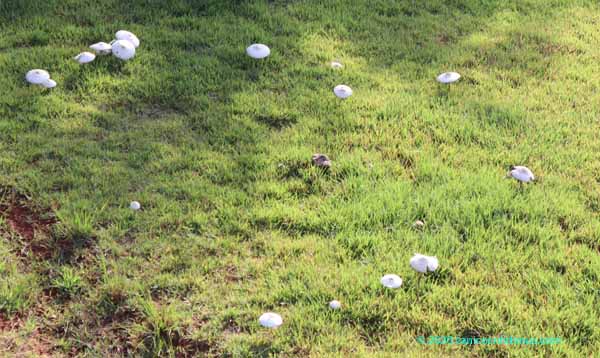
They’re really big.
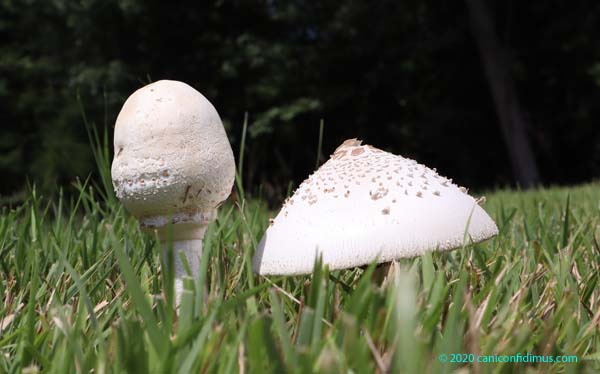
I don’t know if a toad could use it for a stool, but it might be handy as a parasol.
Georgia has a lot of mushrooms. A few are edible. Most are inedible. Some are poisonous. I would never pick a mushroom in the wild to eat. I just don’t know enough about them, and they aren’t really my favorite food anyway. Based on my limited research, these do not look like the edible mushrooms of Georgia.
I posted a photo of a turtle eating a mushroom. It looked somewhat like these, but I wouldn’t make a bet on it. I also wouldn’t eat a mushroom just because a turtle said it was safe.

